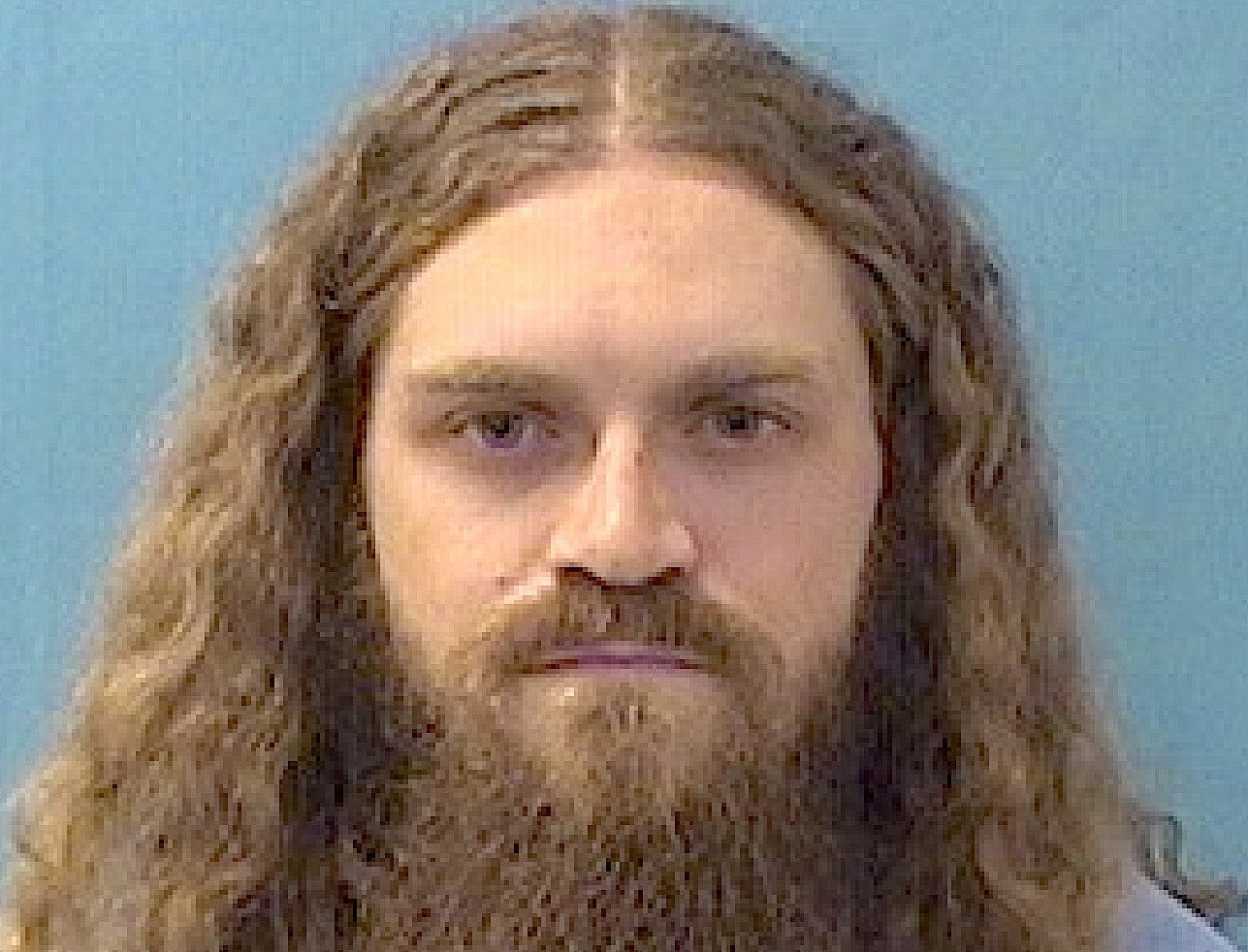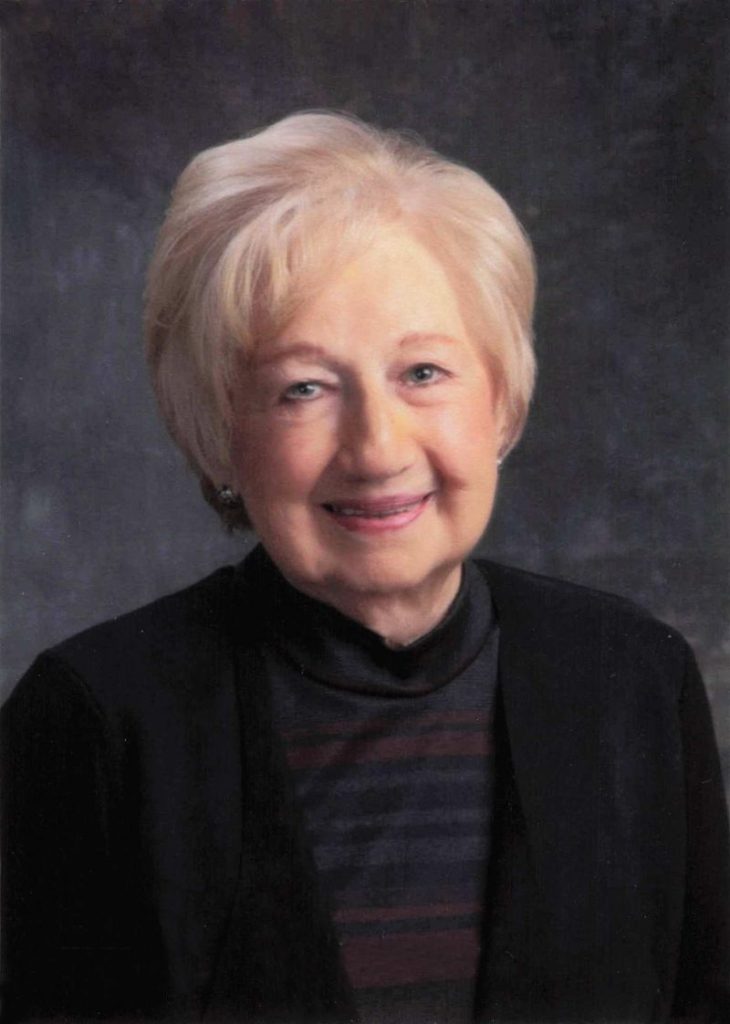Masters appeal denied; appellate court ‘unconvinced’ that 115-year sentence was ‘unconstitutionally inhumane’

QUINCY — The Appellate Court of Illinois Fourth District has denied the appeal of Gavin Masters, the Quincy man convicted of murdering one man and shooting another, resulting in paralysis, in July 2015.
The court’s ruling, filed Monday, upheld the 115-year sentence in the Illinois Department of Corrections after an Adams County jury convicted him in December 2015 of first-degree murder in the shooting death of 21-year-old Randy Bowser-Smith and attempted first-degree murder in the shooting of Skylar Osborne.
Masters, 27, was sentenced to 45 years in prison on the murder conviction and 20 years for the attempted murder conviction. Twenty-five years was added to each sentence because a firearm was used.
Masters has unsuccessfully filed petitions for post-conviction relief three times in Adams County, with the most recent denial in April by Judge Tad Brenner. Masters’ lawyer, Curtis Lovelace, has argued the sentence was a violation of the proportionate penalties clause of the Illinois Constitution. Lovelace argued Masters, who was 18 when he shot Bowser-Smith and Osborne, should have been considered a juvenile at the time of sentencing.
Arguments from Lovelace and Allison Paige Brooks, counsel for the state, were heard on Sept. 11 via Zoom by Fourth District Appellate Judges Peter Cavanagh of Springfield, James Knecht of Normal and Kathryn Zenoff of Winnebago County. Cavanagh delivered the judgment of the court with opinion on Monday.
Lovelace has claimed that Judge Robert Adrian did not sentence Masters, four months past his 18th birthday when the crimes were committed, to rehabilitate him.
If Masters had been 17 when he shot Bowser-Smith and Osborne, he would have been under the protection of Miller v. Alabama, which held that mandatory life-without-parole sentences for juveniles violated the Eighth Amendment.
“Gavin’s 115-year sentence is purely and simply punishment, and (Adrian) believes that Gavin deserves ‘every second of every minute of every hour of every day that he got,’” Lovelace wrote in a brief to the Appellate Court.
“(Masters) claimed that, as applied to him, the statutes authorizing such a severe punishment were unconstitutionally inhumane,” Cavanagh wrote in his opinion. “After an evidentiary hearing, the court denied the postconviction petition. (Masters) appeals, reasserting his as-applied claim under the proportionate penalties clause.
“We are unconvinced that the circuit court’s rejection of this claim was a manifest error.”
The opinion reviewed the facts of the case, saying Masters began dating in June 2015 the 14-year-old daughter of Linda Boehm. He spent time with the girl at her mother’s Quincy residence, where there were fewer rules than at Masters’ father’s residence. Cannabis was regularly sold in the Boehm residence, a duplex on College Avenue.
Bowser-Smith and Osborne went to the Boehm residence on July 4 to buy cannabis from Masters, who took a pistol out of the backpack of 15-year-old boy and stuck it in his waistband before following Bowser-Smith and Osborne inside. Besides Masters, four other teenagers, ranging in age from 14 to 16, were in the duplex.
During this meeting in the Boehm residence, Bowser-Smith tried to steal cannabis. He grabbed a bag of cannabis off the dining room table, tried to snatch another bag of cannabis out of Masters’ hands and headed for the front door.
Someone screamed, “No!” Masters shot Bowser-Smith three times in the back, piercing one of his lungs and his heart. Bowser-Smith fell out of the front door and onto the porch. Osborne said, “What the f**k? I don’t know what’s going on right now.” He turned toward the front door and tried to run. Masters shot Osborne twice, paralyzing him and numbing him permanently from the chest down.
As Osborne lay on the ground, Masters walked over to him and stood over him, holding the pistol. Someone ran in and asked, “Why’d you shoot him?” Masters then stepped over Bowser-Smith and left.
At Masters’ sentencing hearing, Adrian found mitigating factors in Masters’ “lack of any serious past criminal record” and in his “being a young person, 18 years of age.” However, Adrian decided that a prison term of 70 years for first-degree murder and a consecutive prison term of 45 years for attempted first-degree murder would be fitting punishments.
Those sentences, Adrian explained, were “meant not only to punish (Masters) and to protect the public but to deter others from similar behavior.” He said he hoped to send a message that “if you get involved in drugs and you use a gun, you’re going to go to prison for a long time.”
Dr. James Garbarino, a professor in the psychology department at the University of Loyola-Chicago, testified during a March 30 hearing he had interviewed Masters three times by telephone, and each interview lasted approximately one hour. He testified he had Masters complete two sets of questionnaires that included a series of “life history” questions, and he had not made any clinical diagnosis of Masters. He said he had not reviewed the trial transcripts, and he didn’t recall the contents of the police reports.
Much of Garbarino’s opinion was based on a 10-question Adverse Childhood Experiences (ACE) test. He said Masters scored a 7 out of 10, which he said was worse than 99 percent of the population.
Garbarino testified that Masters was “intensely remorseful” and had “begun the necessary process of striving to find a positive way to make sense of his life.” As an expert in developmental psychology, Garbarino reminded Brenner that when “young offenders commit crimes that are ‘stupid’ and ‘impulsive,’ these crimes do not have predictive power in anticipating the course of their rehabilitation and transformation as they mature.”
Brenner said in his decision that he couldn’t give “significant weight” to the results of Garbarino’s ACE test because of the lack of information it had regarding the questions and that the responses were not independently verified.
Cavanagh wrote in his opinion that when evaluating a circuit court’s assessment of witness credibility under the manifest error standard, the reviewing court considers whether the credibility assessment was reasonable.
“Thus, if there could be a reasonable difference of opinion whether a witness should be believed, our duty is to defer to the circuit court,” he wrote. “The rationale for this standard of review is that, at a third-stage evidentiary hearing, the trial court acts as the fact finder, determining the credibility of the witnesses and the weight to be given their testimony and resolving any conflicts in the testimony.”
As for Masters’ age, Cavanagh wrote, “From a scientific point of view, this line might have seemed arbitrary in that 18-year-olds were, neurologically, still in development and some 18-year-olds had advanced further down the road of maturity than others. Nevertheless, the line had to be drawn somewhere, and it was the moral sense of the community, as perceived by the U.S. Supreme Court, that the line should be drawn at age 18.”
Cavanagh went on to write, “Assume that it could be determined, with a high degree of confidence, that one year of imprisonment, together with therapeutic counseling, would completely rehabilitate defendant. Of course, neither (Masters) nor Dr. Garbarino suggests that defendant should be imprisoned for only one year (Dr. Garbarino recommended 20 years). We merely invite consideration of this hypothetical. Would the moral sense of the community be satisfied with one year of imprisonment? Surely the answer is no. But why not? (Masters) would be completely rehabilitated and would pose no further threat to the community — and as Dr. Garbarino argued, impetuous adolescents cannot be deterred anyway.
“We suggest that the reason why one year of imprisonment (in our hypothetical) would be morally unsatisfactory is that rehabilitating the offender would not accomplish justice. The proportionate penalties clause is concerned not only with restoring an offender to useful citizenship but also with the seriousness of the crime. These two concerns can be in tension, and if an offense is egregious enough, the need for punishment can outweigh the considerations of rehabilitation.”
Cavanagh also noted Masters repeatedly contradicted himself about any violence he was subjected to while growing up, any substance abuse in the home or support from family members.
“Dr. Garbarino’s opinion is vulnerable to the criticism that Dr. Garbarino interviewed only (Masters) and that, insomuch as his opinion rests upon what (Masters) told him, it rests upon questionable premises — because (Masters’) representations could be regarded as unreliable,” Cavanagh wrote.
“So much of Dr. Garbarino’s opinion appears to be based on what (Masters) told him. (Masters) represented that he had spent a lot of time on the dark web. (Masters) represented that he had been psychologically mistreated, that he had been put down and rejected and starved of love. (Masters), however, had been known to tell untruths and to contradict himself.”
Masters remains in the Pinckneyville Correctional Center.
Miss Clipping Out Stories to Save for Later?
Click the Purchase Story button below to order a print of this story. We will print it for you on matte photo paper to keep forever.

